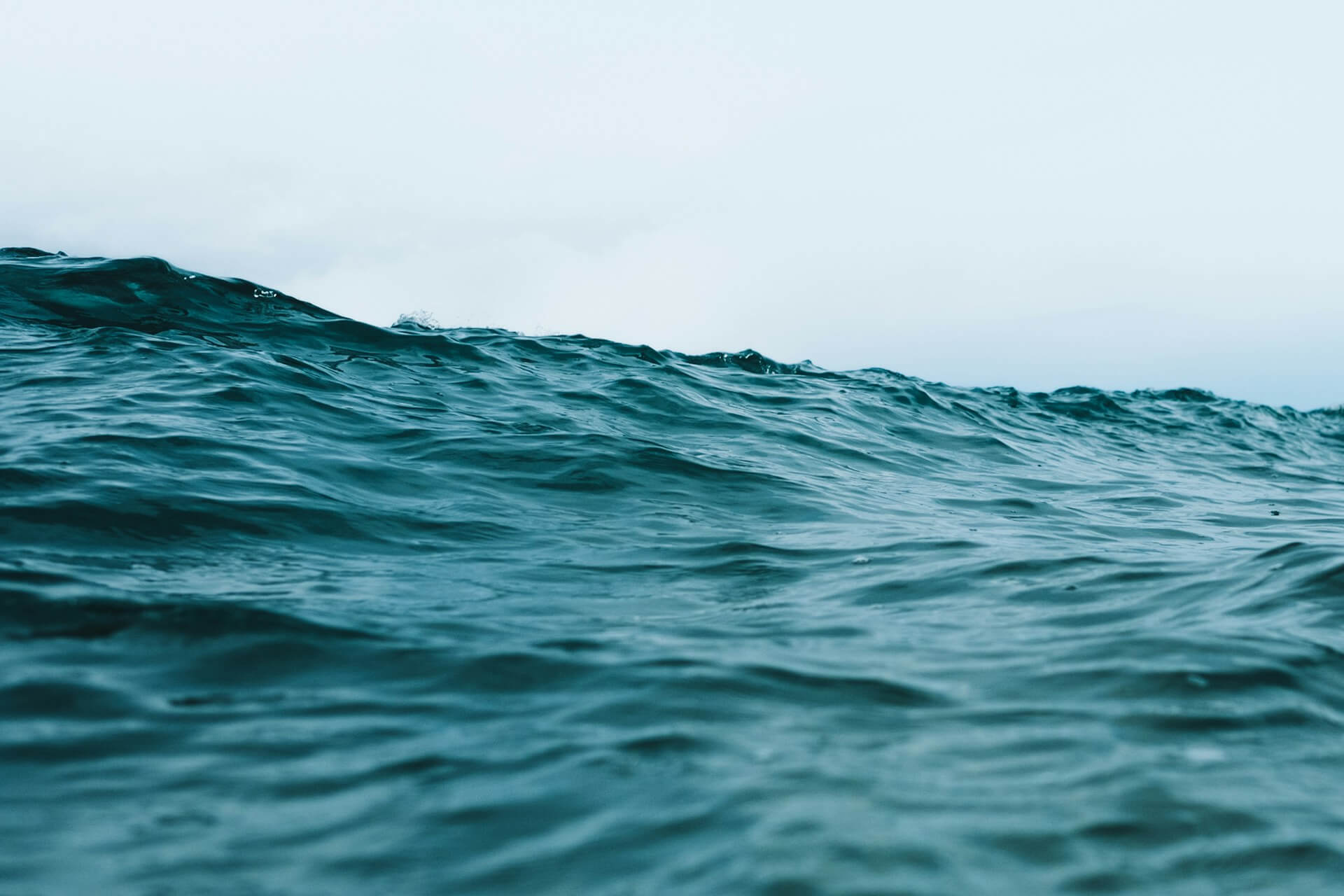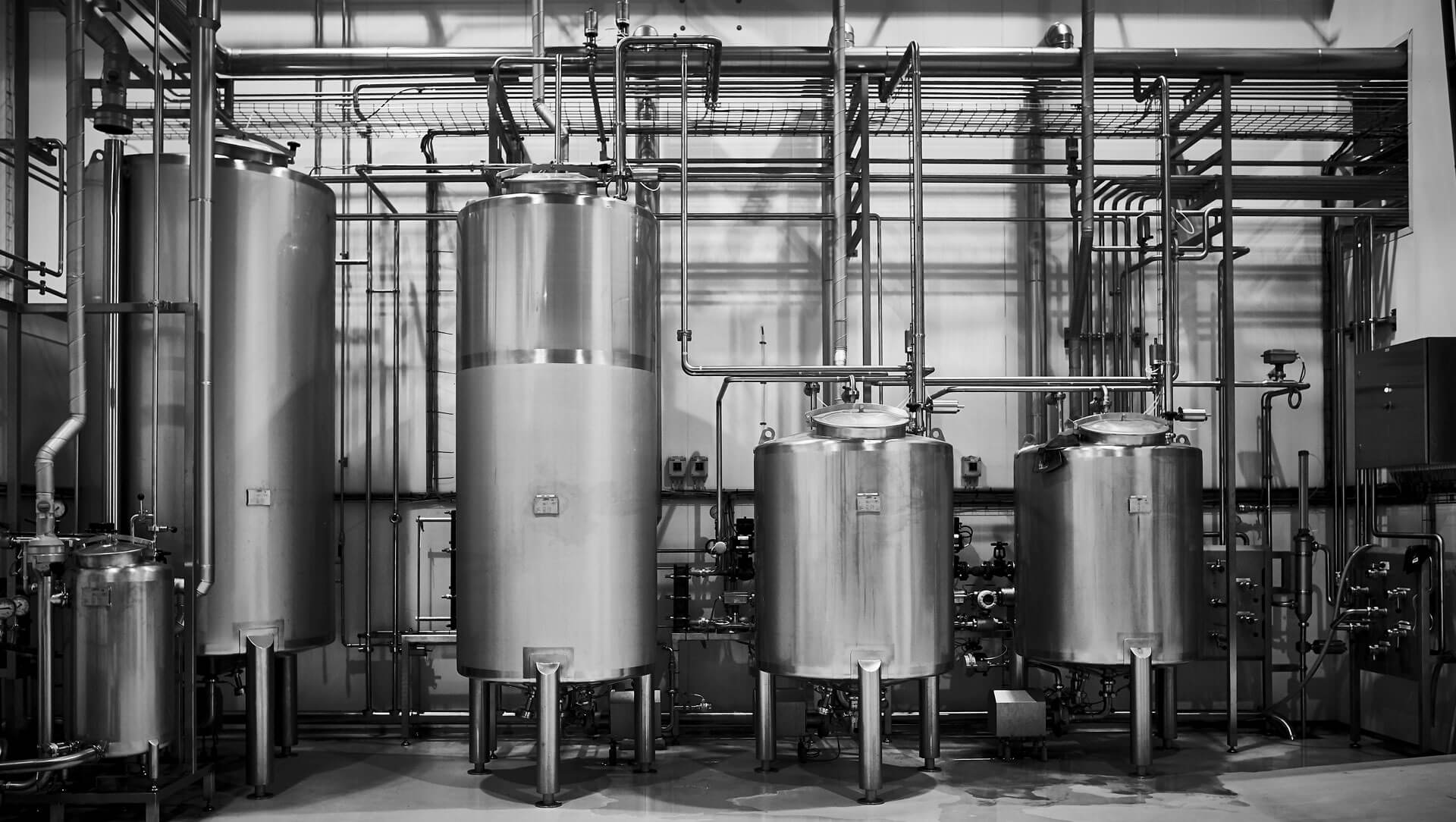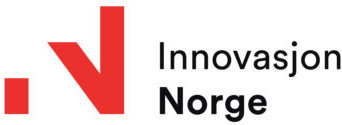This op-ed was published in Kyst og Fjord on May 28, 2025. An AI-translated English version can be found further down on this page.
Kronikken under var publisert i Kyst og Fjord, 28. mai 2026. Skrevet av Maiken Johnsen, Cod Cluster – Line Kjelstrup, Biotech North – Malin Johansen, NCE Aquaculture – Elin Njåstad, Norwegian Seaweed Cluster – Linda Simensen, Akvaplan-Niva
Les artikkelen her
Sammen for å løfte blå bioøkonomi i nord
Den blå bioøkonomien er et nasjonalt fortrinn – og Nord-Norge er selve motoren. Havet gir oss ikke bare mat, arbeidsplasser og eksportinntekter – det representerer også et unikt utgangspunkt for bærekraftig vekst og omstilling i norsk økonomi.
Fiskeri har alltid hatt en sterk og viktig posisjon i Nord-Norge. De siste 50 årene har oppdrett sakte med sikkert fått en enda større rolle for både sysselsetting og verdiskaping i landsdelen. De senere årene har vi også sett en fremvekst av nye biobaserte verdikjeder, blant annet utnyttelse av restråstoff utover de tradisjonelle delene som f.eks. lever og rogn.
Det er her begrepet blå bioøkonomi kommer inn. I dette legger vi biomarin produksjon av mat, fôr, kjemikalier, ingredienser, materialer, farmasøytiske produkter og bioenergi – med utgangspunkt i ressurser fra havet. Samlet er blå bioøkonomi i dag svært viktig for Norge, og særlig i Nord-Norge har vi et stort uutnyttet potensial for økt bærekraft og videre vekst.
«Arctic Blue Circle»: En kraftsamling for nasjonal vekst og internasjonal konkurransekraft
De blå næringene i nord har lenge stått sterkt hver for seg. Nå går de sammen. Gjennom etableringen av Arctic Blue Circle (ABC) forener fire sentrale næringsklynger – Cod Cluster, Biotech North, NCE Aquaculture og Norwegian Seaweed Cluster – kreftene for å sikre at verdiene fra havet utnyttes fullt ut. Akvaplan-Niva er med på laget som prosjektleder. Dette samarbeidet er en målrettet og strategisk respons på utfordringer som små fagmiljøer, spredt kunnskap og manglende politisk gjennomslagskraft.
Det er på tide at de blå næringene i nord blir hørt – og løftet.
Arbeidet startet i det små allerede for fire år siden da hvitfiskklyngen Cod Cluster og bioteknologiklyngen Biotech North for første gang arrangerte seminaret «Gode hoder sammen for økt utnyttelse av råstoff». Fokuset her er hvordan vi kan komme nærmere målet om å bruke 100% av fisken. Selv med nokså forskjellig fokus internt, har klyngene mange felles interesser – først og fremst å sikre tilgang på mer restråstoff fra havet. I 2024 ble lakseklyngen NCE Aquaculture og tareklyngen Norwegian Seaweed Cluster med på laget.
Fra sidestrømmer til plussprodukter – et viktig steg for bærekraft
Det er mange gode grunner til at vi skal samarbeide. Nord-Norge representerer store deler av havnæringene, og mye av ressursene landes her. Landsdelen er derfor en viktig arena for eksport, utvikling av fôringredienser og helsekostprodukter, for å nevne noen eksempler. Alle delene av de blå næringene har sidestrømmer i sin produksjon, og disse kan bli viktige innsatsfaktorer i andres verdikjeder. Dette fikk vi flere eksempler på under fjorårets «Gode hoder». Slik utnyttelse av sidestrømmer bidrar til økt bærekraft. Men for å lykkes med dette må vi kjenne hverandres produksjoner, ha tillit til hverandre og kapital til å satse.
Vi har ikke råd til å kaste bort verdifulle ressurser fra havet. Når kun 67 prosent av hvitfisken blir utnyttet, er det ikke bare et økonomisk tap – det er et etisk og politisk ansvar vi må ta på alvor. Ifølge FN regnes dette som matsvinn, og vi kan ikke forsvare at fullt brukbare råvarer nedgraderes til dyrefôr eller avfall. Derfor løfter vi nå frem plussproduktene – tidligere sett på som sidestrømmer, men som i dag representerer nøkkelen til både økt lønnsomhet og redusert klimaavtrykk. Innen pelagisk fiskeri og lakseoppdrett er vi allerede på nærmere 100 prosent utnyttelse av fisken, og dette må være målet også for hvitfisknæringen.
Fremtidens blå næringer: Muligheter, dialog og sameksistens
Vi vet at nye blå næringer er på vei opp. De mest lovende områdene er makroalger og oppdrett av andre fiskearter som torsk, flekksteinbit og flatfisk. Dette skaper både entusiasme og frustrasjon. Sameksistens og tilrettelegging blir viktige stikkord. Ingen skal ødelegge for andre, men vi trenger dialog basert på kunnskap slik at vi faktisk forstår hva naboen skal gjøre – og hva det betyr i praksis. Vi har en lang kyst, med mange muligheter som vi skal ta vare på og utvikle i samarbeid med aktørene selv, myndigheter, befolkning og forvaltning.
Nord-Norge må prioriteres i nasjonale satsinger
Potensialet for de blå næringene i nord er stort. Vi må jobbe bedre og smartere fremover for å utnytte alle ressursene best mulig. Skal Norge lykkes med å utvikle den blå bioøkonomien, må Nord-Norge få den plassen regionen fortjener i nasjonal politikk. Det betyr:
-
- Økte investeringer i infrastruktur og forskning i nord
- Tilgang på kompetent arbeidskraft og kapital
- Strategisk støtte til klyngeutvikling og innovasjon
- En nasjonal satsing på 100 % utnyttelse av marint råstoff
Med støtte fra Samfunnsløftet og Arktis 2030 skal vi nå utvikle et veikart for hvordan Arctic Blue Circle kan bli en motor for blå vekst, ikke bare i Nord-Norge, men i hele landet. Dette er en investering i fremtiden – i arbeidsplasser, eksportinntekter og bærekraft.
_______________________
Together for a Stronger Blue Bioeconomy in the North
The blue bioeconomy is a national advantage — and Northern Norway is its powerhouse. The ocean offers us more than food, jobs, and export revenue; it also provides a unique foundation for sustainable growth and the transformation of the Norwegian economy.
Fisheries have always held a strong and vital role in Northern Norway. Over the past 50 years, aquaculture has steadily become an even more significant driver of employment and value creation in the region. In recent years, we’ve also seen the emergence of new bio-based value chains, such as the utilization of residual raw materials beyond traditional uses like liver and roe.
This is where the term blue bioeconomy comes into play. It refers to marine-based production of food, feed, chemicals, ingredients, materials, pharmaceuticals, and bioenergy — all sourced from the ocean. The blue bioeconomy already plays a key role in Norway’s economy, and in Northern Norway in particular, there is significant untapped potential for both sustainable practices and further growth.
Arctic Blue Circle: Joining Forces for National Growth and Global Competitiveness
The blue industries in the north have long been strong on their own. Now, they’re coming together. Through the creation of Arctic Blue Circle (ABC), four key industry clusters — Cod Cluster, Biotech North, NCE Aquaculture, and the Norwegian Seaweed Cluster — are uniting to ensure that the full value of marine resources is realized. Akvaplan-niva has joined as project lead. This collaboration is a strategic response to key challenges such as fragmented expertise, scattered knowledge, and limited political influence.
It’s time for the blue industries in the north to be heard — and lifted.
The groundwork began modestly four years ago when Cod Cluster and Biotech North first co-hosted the seminar “Bright minds together for better raw material utilization.” The focus was on how we can get closer to the goal of using 100% of the fish. Despite their different internal focuses, the clusters share common goals — especially in securing greater access to marine residual raw materials. In 2024, the salmon cluster NCE Aquaculture and the seaweed cluster Norwegian Seaweed Cluster joined the initiative.
From Side Streams to High-Value Products — A Step Toward Sustainability
There are many good reasons to collaborate. Northern Norway is home to a large share of Norway’s ocean industries, and much of the marine biomass is landed here. The region is therefore central to the export, development of feed ingredients, and health products from the sea, to name a few. Every segment of the blue economy generates side streams in its production — streams that can become key inputs in other value chains. We saw several promising examples of this at last year’s “Bright minds” seminar. Such resource utilization increases sustainability. But to succeed, we need to understand each other’s production processes, build trust, and secure capital to invest.
We can’t afford to waste valuable marine resources. When only 67% of whitefish is utilized, it’s not just an economic loss — it’s an ethical and political responsibility. According to the UN, this is classified as food waste, and we can no longer justify downgrading fully usable raw materials to animal feed or waste. That’s why we now highlight the plus products — previously seen as side streams, but which today represent the key to both increased profitability and reduced climate impact. In pelagic fisheries and salmon farming, we’re already close to 100% utilization — and this must be the goal for whitefish as well.
The Future of the Blue Economy: Opportunity, Dialogue, and Coexistence
New blue industries are emerging. Among the most promising areas are macroalgae and farming of new marine species such as cod, wolffish, and flatfish. This brings both excitement and challenges. Dialogue and coexistence will be critical. No actor should hinder others — but we need knowledge-based dialogue to truly understand what our neighbors are doing, and what it means in practice. We have a long coastline with many opportunities, and we must develop it in cooperation with industry, government, local communities, and regulators.
Northern Norway Must Be a National Priority
The potential for blue industries in the north is vast. To fully harness our marine resources, we must work smarter and more collaboratively. If Norway is to succeed in developing the blue bioeconomy, Northern Norway must be given the role it deserves in national policy. That means:
-
Increased investments in infrastructure and research in the north
-
Access to skilled labor and capital
-
Strategic support for cluster development and innovation
-
A national commitment to 100% utilization of marine raw materials
With support from Samfunnsløftet and Arktis 2030, we are now developing a roadmap for how Arctic Blue Circle can become a driving force for blue growth — not only in the north, but across the entire country. This is an investment in the future — in jobs, export revenue, and sustainability.









